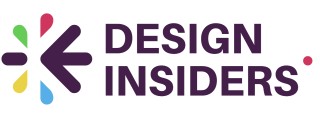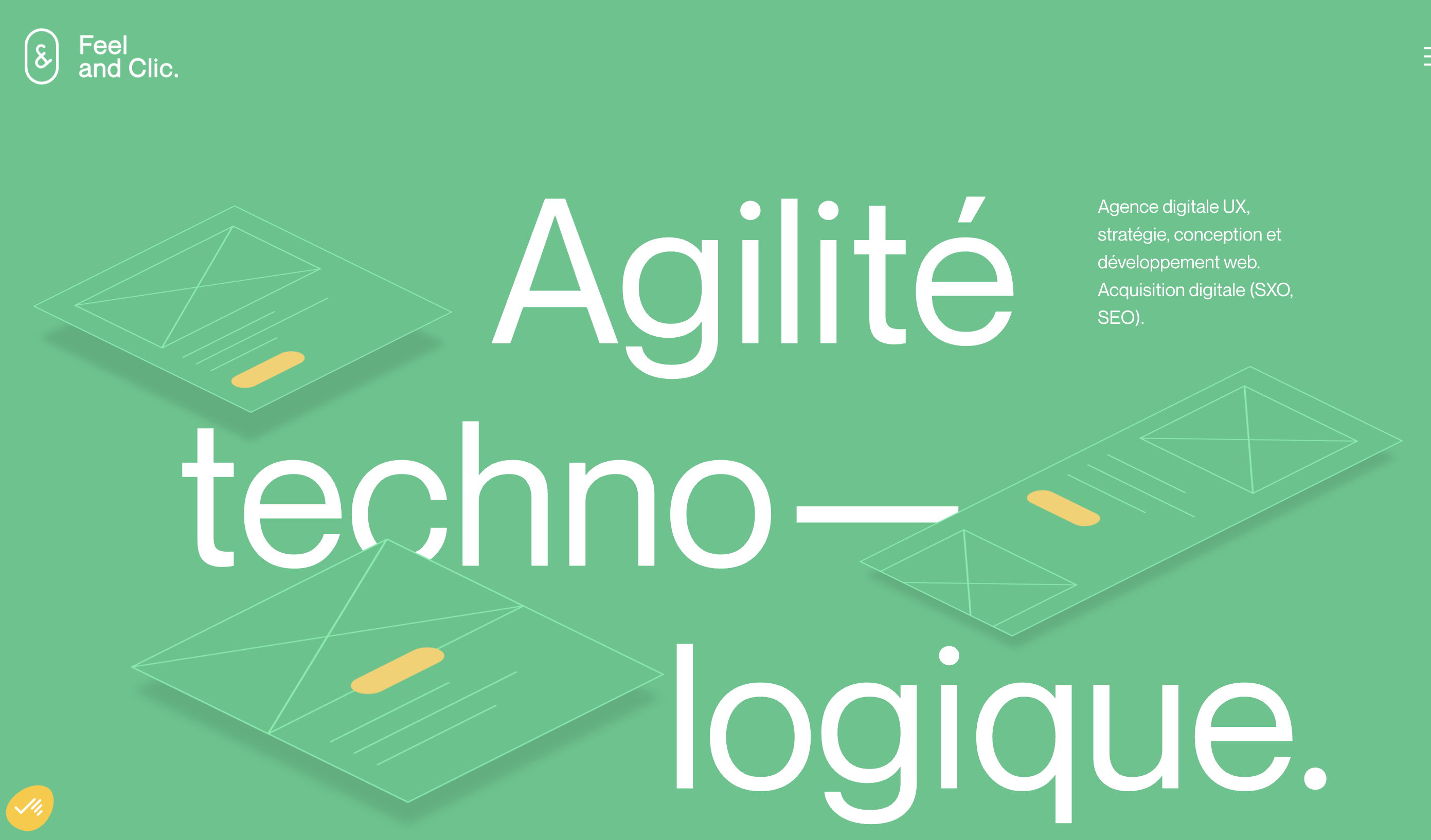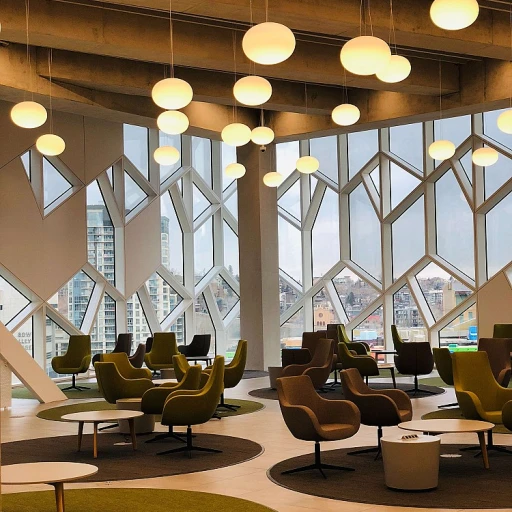Understanding the Essence of a Design Sprint
What's the Fuss About Design Sprints?
The wave of excitement around design sprints is real, folks. But what exactly is a design sprint? At its heart, it's a structured process that lasts five days, aiming to solve big problems swiftly by sprinting through design thinking and innovation. It's all about cross-functional teamwork and user experience, taking you from problem framing to a working prototype in no time.The Sprint Methodology
Let’s break it down a bit. This concept was popularized by Jake Knapp during his time at Google Ventures. Alongside John Zeratsky and Todd Lombardo, Knapp contributed to what we now know as the "Sprint" book, a Bible for those embarking on this fast-paced design journey. The sprint process champions speed, collaboration, and iteration. Teams gather in one room for five whole days, focusing on a single challenge, working tirelessly to flesh out the best solutions.Sprint in Action
Imagine a team comes together to tackle a product design challenge. They're seeking not just a quick-fix but effective solutions that answer "sprint questions." Through problem framing exercises, they cut through the noise and focus on what truly matters. It's a day-by-day leap towards that magic moment—a robust prototype to test with real users. If you fancy diving into the details of UX prototyping during a sprint, don't miss out on our article on the UX prototyping process. Design sprints are about harnessing creativity in a short span, taking a bold leap, and venturing into what’s possible. It’s a tool for teams hungry for results and willing to compress months of work into mere days. Who said innovation can't be a sprint away?Key Phases of a Design Sprint
Breaking Down The Timeline
Think of a design sprint like a well-orchestrated event that takes place over a series of five days. Each day has its role, allowing teams to tackle a problem from start to finish without getting overwhelmed. The beauty of a sprint lies in its structured approach, designed to maximize collaboration and creativity.Setting the Stage: Day One and Two
On the first day, the team defines the problem and builds a shared understanding of the project. They dive into the why's – what makes this problem worth solving? It’s not just about scribbling on sticky notes; this step sets the foundation. Then day two is when the magic happens. Bringing in diverse team members, like designers, product managers, and developers, ensures a mix of perspectives. They brainstorm on potential solutions without fear, knowing all ideas are welcome at this stage.Three's Company: Sketching on Day Three
As the sprint progresses to day three, the team sketches their ideas. This isn't about producing polished designs but rather about visualizing potential solutions. It's during this phase that the excitement begins, as team members start seeing their visions take shape.Sprint to the Finish: Prototyping on Day Four
On day four, the best ideas emerge and transform into a tangible, albeit rough, prototype. Teams use low-cost methods to bring designs to life quickly. The goal isn't perfection; it's about creating something that can be tested and iterated on. Exploring the Art of UX Prototyping can add valuable insights during this phase.The Grand Finale: Final Tests on Day Five
Finally, it's game time on day five. The sprint team tests the prototype on real users, gathering feedback to understand what works and what needs tweaking. This is a pivotal moment where the team can assess the user experience before making any big commitments. Throughout the sprint, the process remains inspired by field experts like Jake Knapp and John Zeratsky, ensuring it stays aligned with the proven frameworks used in places like Google Ventures and taught in high-profile sprint masterclasses. Todd Lombardo and other thought leaders emphasize the importance of answering sprint questions with clear, user-focused solutions. All these elements underscore the effectiveness of a design sprint, making it a go-to solution for product design in today's fast-paced environments.Benefits of Implementing a Design Sprint
Unlock New Possibilities
A design sprint not only accelerates product development but also drives tangible benefits. Start thinking of it as your team's rocket engine. It’s all about bringing a cross functional crew together and launching solutions that stick. You won't believe how quickly you can go from identifying a problem to testing a prototype. When Jake Knapp and John Zeratsky first introduced the sprint design process at Google ventures, they revolutionized how teams tackled problems. Within just five days, teams could pinpoint their issues, brainstorm like there’s no tomorrow, and test whether their ideas would fly or flop. That's a real game-changer in saving time and resources. The beauty of a design sprint is how it reshapes team dynamics. It ignites creativity and collaboration across divisions that often remain siloed. Your finance team suddenly finds themselves brainstorming alongside product developers, blending diverse perspectives into the process. That can lead to unexpected, innovative solutions that you might never have imagined. You’re not just bringing people to the table; you’re solving real problems, backed by fresh insights and diverse expertise. But it's not all sunshine and rainbows. While the sprint process can energize, it demands commitment and focus from everyone involved. If your team isn't prepared to dive headfirst into fast-paced work, the sprint may lose its edge.Get Your Ducks in a Row
Every design sprint presents an opportunity to build a working prototype. It's a playground to experiment and fail quickly, reducing the risks involved in product design. In just five days, you can answer pressing sprint questions about the user experience and refine your approach based on hands-on testing. Is there any best way to ensure success? The answer lies in preparation. Start with effective problem framing, identify the right questions, and ensure your expectations align. Every hour counts during those sprint days. Todd Lombardo's sprint masterclass emphasizes the importance of setting a clear agenda and picking the right tools such as sticky notes, sketching materials, and digital platforms like Mural or Miro. Facilitating this sprint toolkit can be the turning point to keeping everything on track. For those diving deeper, engaging in usability testing after the sprint might lead you to even more robust insights. Check out our guide on mastering usability testing to enhance your design game. Teams that embrace this follow-up step often turn initial prototypes into polished, user-friendly products, ready to conquer the market. By suspending doubts and diving in with a can-do spirit, the benefits of design sprints are there for the taking.Challenges and Considerations
Facing the Bumps in the Road
Every design sprint comes with its own set of challenges, and understanding these can make the difference between a prototype that fizzles out and one that sparks innovation. While the sprint process is designed to streamline problem-solving, it's not without its hurdles. Here are some common challenges and considerations to keep in mind:
- Time Crunch: With just five days to identify a problem, brainstorm, and test a prototype, time management is crucial. Teams often feel the pressure to deliver results quickly, which can sometimes lead to rushed decisions.
- Team Dynamics: A design sprint brings together a cross-functional team, which can be both a blessing and a curse. Diverse perspectives are invaluable, but they can also lead to conflicts or misunderstandings if not managed well.
- Problem Framing: Defining the right problem to solve is half the battle. Teams may struggle with aligning on what the core issue is, which can derail the sprint if not addressed early.
- Resource Allocation: Sprints require dedication from all involved, which means pulling people away from their regular work. This can strain resources, especially in smaller companies.
- User Feedback: Gathering meaningful feedback in a short time can be tricky. It's important to ask the right questions to ensure the prototype addresses real user needs.
Lessons from the Field
Real-world experiences offer valuable insights into overcoming these challenges. Take Google Ventures, where Jake Knapp and John Zeratsky honed the sprint process. They found that a clear agenda and a strong facilitator, often referred to as the sprint masterclass, are essential for keeping the team focused and productive. Todd Lombardo also emphasizes the importance of setting realistic goals and expectations from the start.
Another lesson is the need for flexibility. While the sprint is structured, being open to changes can lead to unexpected breakthroughs. Teams that adapt and iterate on the fly often find the best solutions.
Finally, remember that a sprint is not a one-size-fits-all solution. It's a tool in the design thinking toolkit that works best when tailored to the specific needs and context of your team and product.
Tools and Techniques for a Successful Design Sprint
Tools to Keep Your Design Sprint on Track
When you're knee-deep in a design sprint, the right tools can make all the difference. They help your team stay organized, communicate effectively, and bring ideas to life. Here's a look at some essentials that can elevate your sprint process.
Setting the Stage with Problem Framing
Before diving into solutions, it's vital to clearly define the problem. Tools like Miro or MURAL offer virtual whiteboards that let teams brainstorm and map out ideas collaboratively. This helps everyone get on the same page, ensuring the sprint starts on solid ground.
Prototyping: Bringing Ideas to Life
Once your team has a solid plan, it's time to build a prototype. Figma and Sketch are popular choices among design teams for their user-friendly interfaces and powerful features. They allow for rapid prototyping, which means you can quickly test and iterate on your product design.
Testing and Gathering Feedback
After creating a prototype, the next step is testing. Tools like UsabilityHub or Lookback can help you gather user feedback efficiently. They provide insights into user experience, helping you refine your product before the final launch.
Keeping Communication Open
Throughout the sprint, maintaining clear communication is crucial. Slack and Microsoft Teams are great for keeping everyone connected, whether your team is working remotely or in the same office. Regular check-ins ensure that everyone is aligned and any issues are addressed promptly.
Time Management for Success
Time is of the essence in a design sprint. Tools like Trello or Asana can help you manage tasks and deadlines effectively. They allow you to track progress and ensure that your team stays on schedule, making the most of each day in the sprint.
By leveraging these tools, your team can focus on what truly matters: solving the problem at hand and creating a product that meets user needs. Remember, the goal of a design sprint is not just to work fast but to work smart, ensuring the best outcomes for your product and your team.














